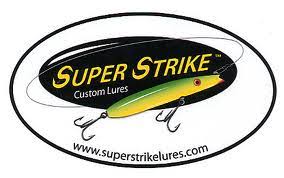
Welcome to Saltwater Edge’s new series profiling the entire line up of Super Strike lures. Super Strike makes the most dependable, effective, and affordable lures series specifically designed for the striped bass. For over 30-years, these plugs have taken an untold number of stripers, including an incredible number of fish over 40- and 50-pounds. In this series, we will take you through the entire series and provide an overview of each plug, general suggestions for their use, some higher-level and out-of-the-box uses, and also break down any misconceptions about each plug.

Super Strike Zig-Zag: The Essential Darter
By Gerry Audet
There are few lures more unique to the North East striped bass fishery than the darter. While the name was applied to freshwater lures going back to the turn of the 19th century, the modern day saltwater darter was developed in the 1940’s and 50’s specifically for the striped bass. This is unlike almost any other lure striper fisherman use: others were designed with some other species in mind, and later adopted or adapted to our needs. This is one reason the darter is so widely loved by the striper obsessed. The other, likely more important, reason that striper anglers up and down the coast adore the darter is simple: it out fishes just about every other lure. Darters are one of the most consistent producers of trophy fish, year in and year out- and if you aren’t fishing them, you are missing out- end of story!
There are a lot of great darters out there, but the Super Strike Zig-Zag is generally known as the most reliable, rugged, affordable, and effective darter that currently exists. As with all proper darters, the action of the Zig-Zag consists of a back-and-forth S-pattern when it is pulled against moving water. This is caused by nuances in water pressure building up on the front of the lip/sloped head which pushes the plug in one direction or the other in a random manner. This “randomness” is critical to the effectiveness of all darters, and is a core attribute of the Zig-Zag as well. There is no regular, mechanical action that comes from a darter like you might get from a Bomber A-salt or Sebile Magic Swimmer.
One thing that makes the Zig-Zag stand out from other darters is its consistency: in size, shape, weight, and lip angle. Consistency is important in darters, as very small changes in any one of those listed factors can result in substantially different actions; small imprecision’s can even ruin them completely. For this reason, wood darters have a reputation for being fickle- even from the same builder, they can vary substantially in action due to imperfections in the wood, or very small differences that occur when the plugs are each made by hand. The Zig-Zag avoids all of this by being mass produced out of plastic (in the USA). This also makes them more affordable and impervious to getting waterlogged, so where they end up in the water column is also always consistent. It’s a win-win-win, and makes the Zig-Zag a really great “gate way” darter for those who want to learn how to fish his style of plug.
Why You Should Be Fishing The Zig-Zag
Darters have a reputation for being tricky, mysterious plugs which only work in strong currents and rips. They get picked on for being highly-nuanced and only suitable for “hardcore” anglers, or those that have a lot of experience. I don’t know how the darter got this bad reputation, but it’s patently false. If you only take one thing away from this article, I want it to be this: darters work just about everywhere, can be used by anyone at any time, and the Zig-Zag is the one of the very best.
To understand the darter, and accept how deadly it is, you have to buy-in to a few important concepts that apply widely to striper angling. First, throw out the idea that a lure has to stand out from its surroundings to attract a striper’s attention. Everything in the aquatic world is tryingnot to be noticed. If you get noticed, you’re liable to get eaten. Therefore, the underwater world is generally filled with creatures moving slowly and silently through the environment- trying not to be noticed. This is what is natural- what is realistic- on the vast majority of nights. Further, large stripers in particular are highly conditioned and have the experience to know what’s natural, what’s not, what’s worth chasing, and what’s a threat. These big girls are able to discern between easy meals and fake imitations with a much higher degree of accuracy than schoolies or slot fish. For these reasons, lures that don’t stand out too much are much more appealing to trophy fish- they act like real living things, just trying to blend in. Just because you don’t feel “thrumming”, “vibrating”, or “tugging” on your line from a darter, doesn’t mean the plug isn’t work- have faith in the substantial history of this design!
Next, darters- and the Zig-Zag specifically- are also perfect imitators of a huge variety of forage species. Stripers are not picky when it comes to the forage they eat, and most of the trophy hunters I know don’t ascribe to the “match the hatch” philosophy during the majority of tides. Therefore, it’s more about delivering a realistic presentation to the fish where they are feeding. A striper who is hunting black fish, or scup, is not going to pass up a herring or squid. But, even if you firmly believe in the theory of match the hatch, and disagree with me, that’s the beauty of the Zig-Zag: it imitates just about everything, so you’re matching whatever the fish is eating virtually all the time. It doesn’t just emulate fish, either. Its tubular shape, intermediate size, and random swimming motion replicates an immense variety of aquatic life. In particular, I believe it’s a fantastic mimic of lobsters, squid, eels, sea robins, and small sharks- bait you may not always think about, but can be vital to a stripers diet. In essence, it doesn’t really matter if the fish are hunting something specific or grubbing for anything they can catch: the Zig-Zag mimics it all, regardless. The only prey it doesn’t mimic, is the tiny young-of-the-year bait fish you’ll find in the fall- peanut bunker, white bait, miniature sand eels, etc. Yet, even in those situations, I would argue it could mimic an intermediate predator feeding on those smaller prey items- something big and juicy for a trophy striper to pounce on.

Finally, I’m going to break down another false assumption that many have about darters in general, and the Zig-Zag in particular: many believe the Zig-Zag only has limited applications in places with strong currents. While it’s true it works great in rips, shallow inlets, outflows, and rivers, that is only the beginning of its many uses. I find that the Zig-zag is highly versatile and can (or rather, should) be fished in just about every inshore environment, requiring only minimal water movement. It essentially just has to be enough water pressure to get the plug under the surface and keep it there. For example, the Zig-Zag is absolutely deadly on sand beaches, a place it is highly underutilized. As you work it through small troughs, breaks, over sand bars, and against subtle under tow, it swims and slides through the water very realistically, with that wonderful, natural, back-and-forth swim pattern. It’s not dramatic, but again, that’s the whole point. Or, even better, as the plug approaches a sand bar, or the shore, wave action pulls against the lip of the darter and makes it swim like a creature working hard against being dragged out to deeper water. Just letting the darter hang there- with no retrieve at all- can be one of the deadliest tactics. These scenarios require no “current” in the traditional sense to make the darter highly effective. This is only a couple very small examples from just one specific kind of structure, but the point is, the applications of the Zig-Zag are far more diverse than many think. I would encourage you to give it a shot in all your spots, without exception.
How to Fish the Zig Zag
The Zig-Zag is a floating plug, as all darters are; only on the retrieve will it swim down into the water column. On the flip side, if you pause during the retrieve the Zig-Zag it will rise to the surface. The size and weight of the Zig-Zag (there is only a single size, 6 & 5/8-inches and 2 & 3/8-ounces) make it very easy to cast with just about any medium action surf or inshore tackle, but a rod rated to 3-ounces is best. The Zig-Zag dives to somewhere between one- and six-feet deep, depending on the way it is rigged, the rate of retrieve, and the current strength. Right off the shelf expect the lure to get down just a couple feet. Since the Zig-Zag doesn’t go very deep, and floats, it is easy to keep off the bottom, and it’s primarily best for shallower areas where the water is between 3- and 12-feet deep.
The vast majority of the time I let the darters design do all the work. Unlike the majority of the other plugs in my bag, I don’t feel I need to impart a lot of my own action on this plug. The random motion built into its design does everything for me, and I generally just retrieve it back at a steady, slow pace. The stronger the current, generally the slower I go- but that’s not always true. The plug is pretty stable, and can handle a lot of water pressure without “rolling out”. Therefore, don’t underestimate or overlook fishing the Zig-Zag relatively fast; perhaps just as fast as you would fish a Yo-zuri Mag Darter or Diawa SP Minnow. I’ve had great nights adding in rapid accelerations to my retrieve, or even just going relatively fast the entire time. This is a good overall tip for all plugs: mixing up retrieves can often lead to more landed fish.
To hammer the point again, you have to have some moving water to get it to work, but it doesn’t have to be much. If you’re having trouble working the darter in a spot with only minimal current, there are a couple things you can do to help. First, I know many anglers like to “dig” the plug in with a few hard cranks of the reel right after the cast. This gets the plug under the surface quickly, and then a steady retrieve will keep it there. Further, if you don’t think the plug is swimming right, you can also add frequent sweeps, twitches, or jerks to the rod to get the plug moving back-and-forth. These sudden accelerations artificially increase lip pressure, and cause the plug to dart. Just don’t overdo it, as the plug can completely flip over if you are overzealous- and I tend to do best with limited twitches in general. Less is more in the case of the Zig-Zag.
Limitations of the Zig-Zag
The Zig-Zag does not work particularly well in really big waves. They do not have the digging ability of something like a bottle plug, and since they don’t sink, they buoy to the top if they lose traction. I also find them frustrating to use in a very hard wind sweep when I can’t keep the bow out of my line. The plug is already subtle, and with a big bow in my line I have trouble staying in contact with the plug, and keeping it down. Sometimes keeping the rod tip low will be enough, but if it’s a gale, I’m probably not going to be reaching for a darter first. However, if youcan stay in contact, current induced by waves and wind sweep can make the Zig-Zag deadly in places it otherwise wouldn’t work.Finally, all darters are almost exclusively night time plugs. While I’ve heard lots of theories on this, I believe it probably has to do with the nature of the subtle action- its greatest strength, is its greatest weakness. I think having a plug that does not react when approached by a striper in daylight is extremelyunnatural. That is, the prey should “freak out” when pursued; when it doesn’t, it turns the striper off. With other plugs that have a lot more wiggle or vibration, that freak out is all built right into the plug. This is my theory. However, it could also be that stripers very limited eye sight does give them the ability to investigate it more closely during daylight hours. I find this implausible, however. I did once encounter a day time darter bite, where an angler I ran into hammered fish one morning to 26-pounds on the Zig-Zag- but that is the one and only time I’ve encountered it, and all others have been rumors. The take away is, if you’re fishing during the day, it’s probably best to reach for something else.

The Zig-Zag Cheat Sheet
- Size: 6 5/8-inches long and 2 3/8-ounces (there is only 1 size of Zig-Zag). The Zig-Zag floats.
- Best for: areas with moving water (waves, sweep, or current) after dark in calm to moderate conditions. Imitates a huge variety of forage species.
- It dives on retrieve to one-to-six-feet depending on rigging, retrieve, and current strength
- Rigging: Comes stock with 2/0 treble and 7/0 live bait VMC hooks
- Can handle up to a 5/0 VMC 9626, best with a 2/0-4/0
- Sensitive to hook changes; heavier up front will pull the plug down
- The Zig-Zag requires some water movement to be most effective. However, it does not require inlet- or breach way-like-currents. Highly effective with subtle tidal movement, sweep, wave action, undertows, etc. Can be used anywhere the water is moving even a little!
- A slow to moderate retrieve with small twitches and sweeps of the rod works best.
- Imitates a huge variety of baits
- Far more effective after dark. Not a great big water plug.




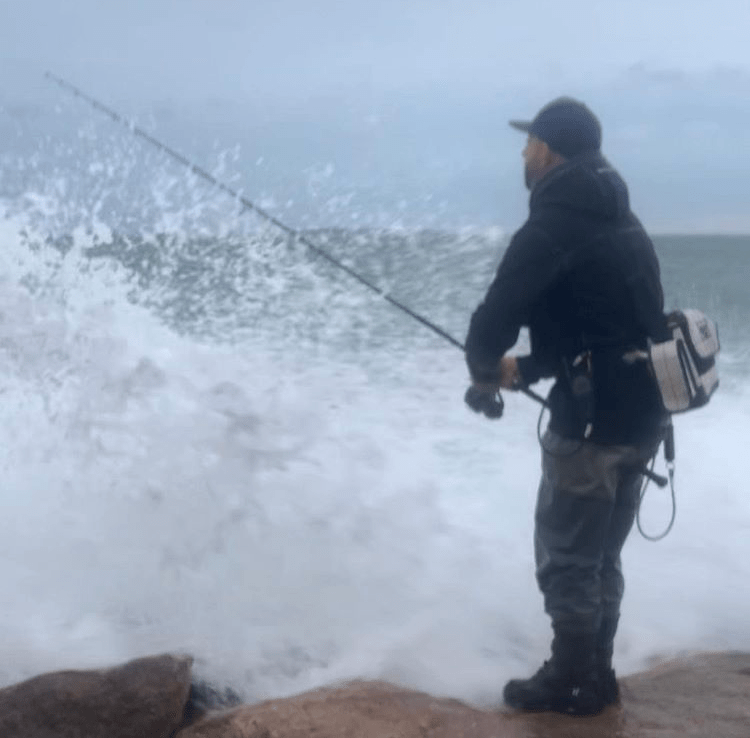



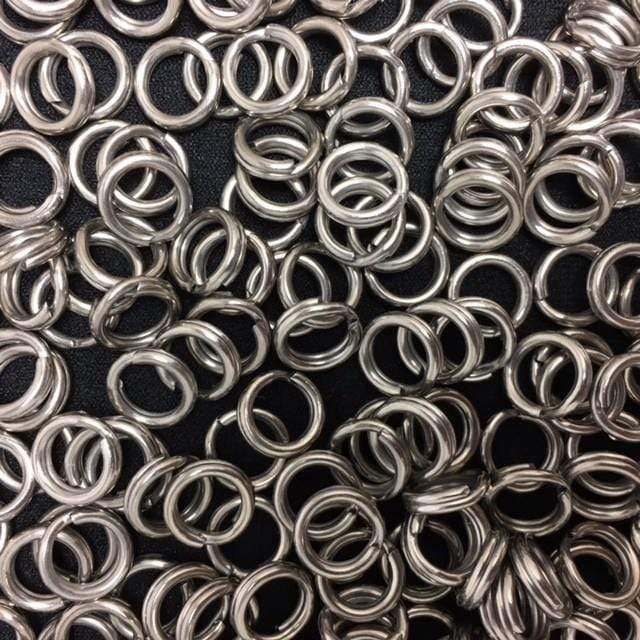



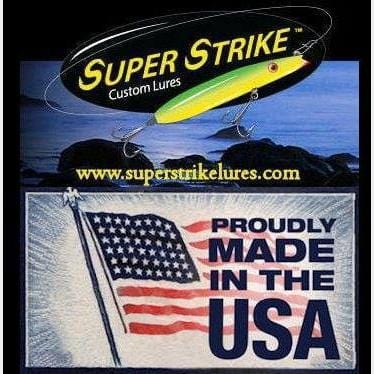

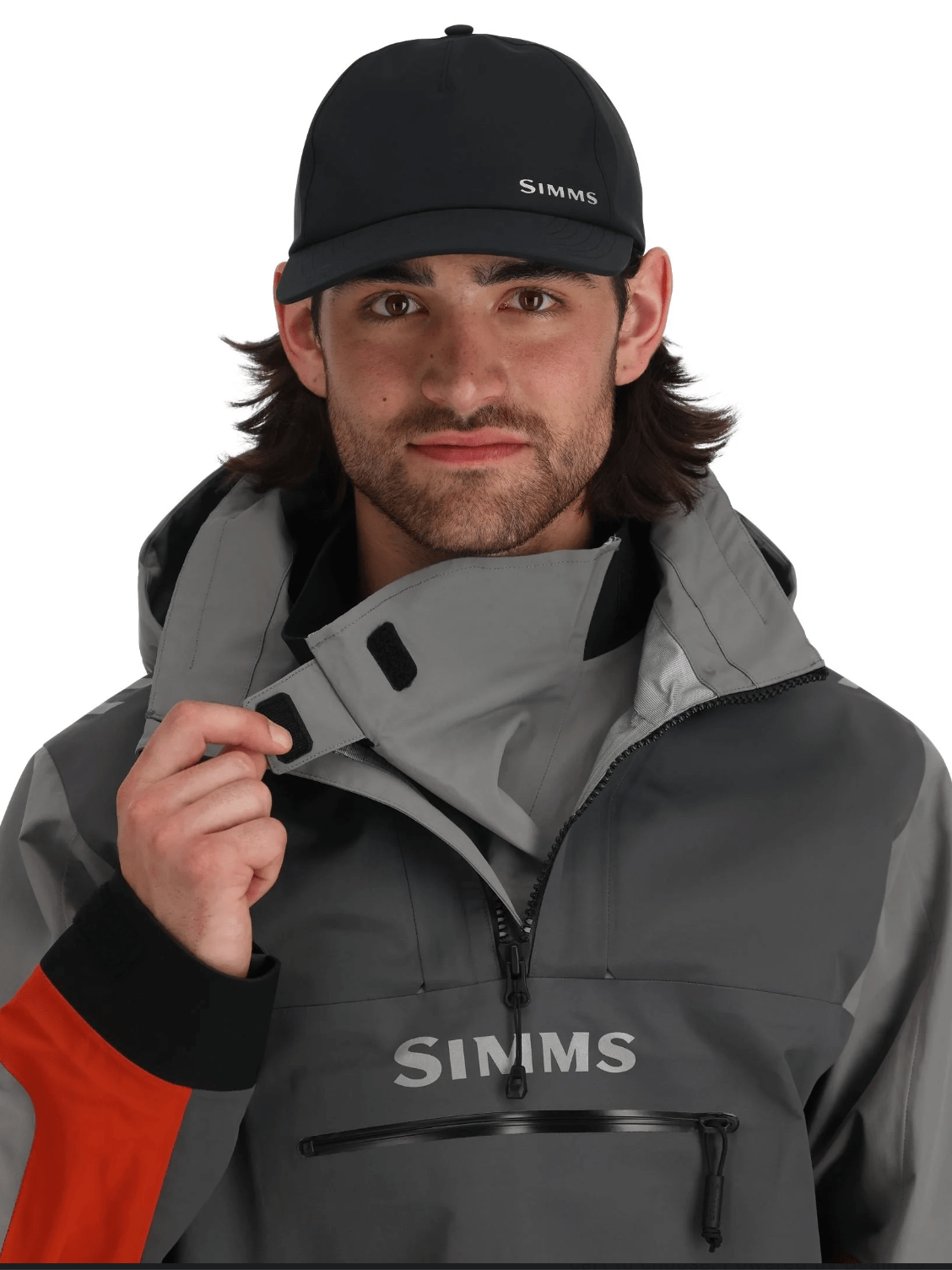

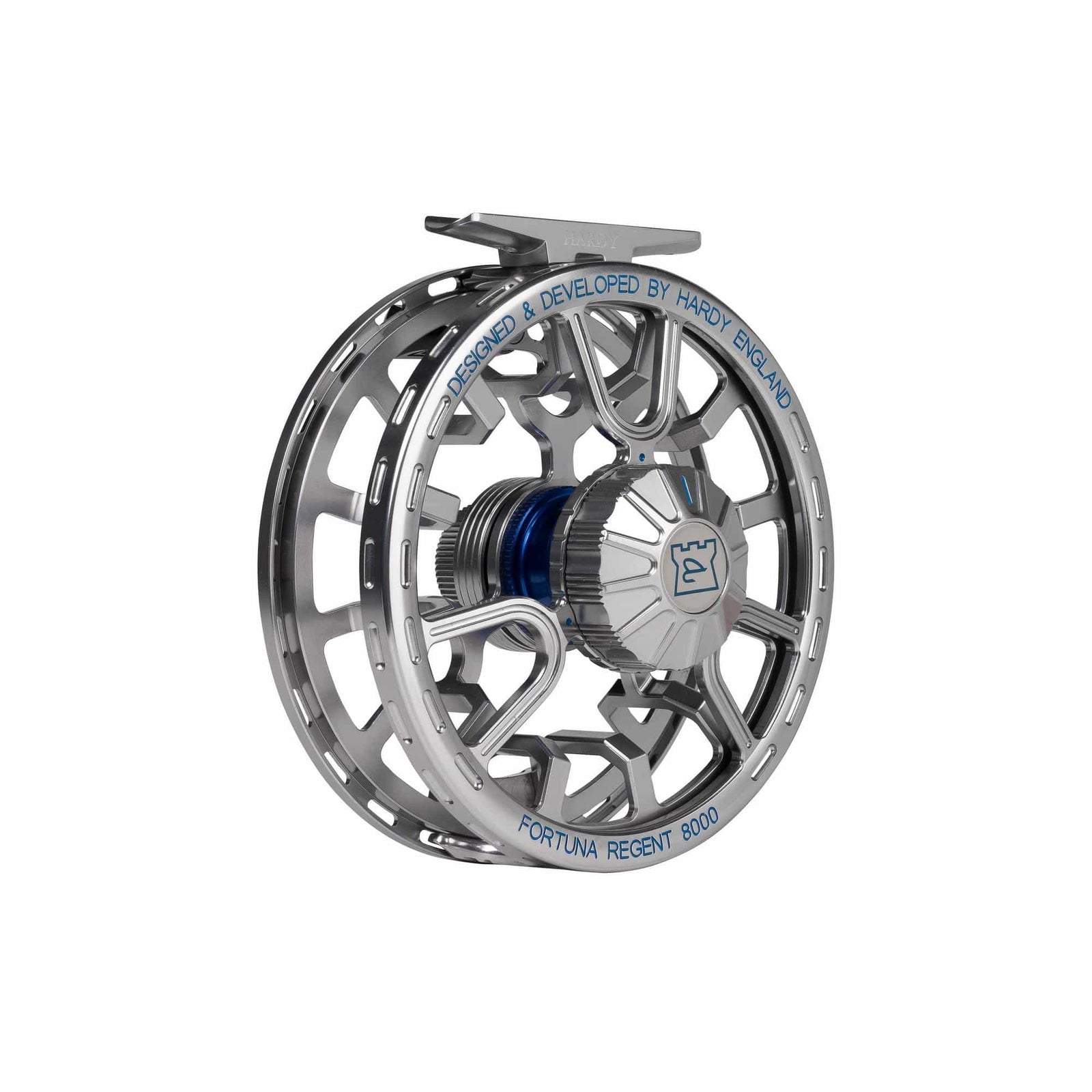
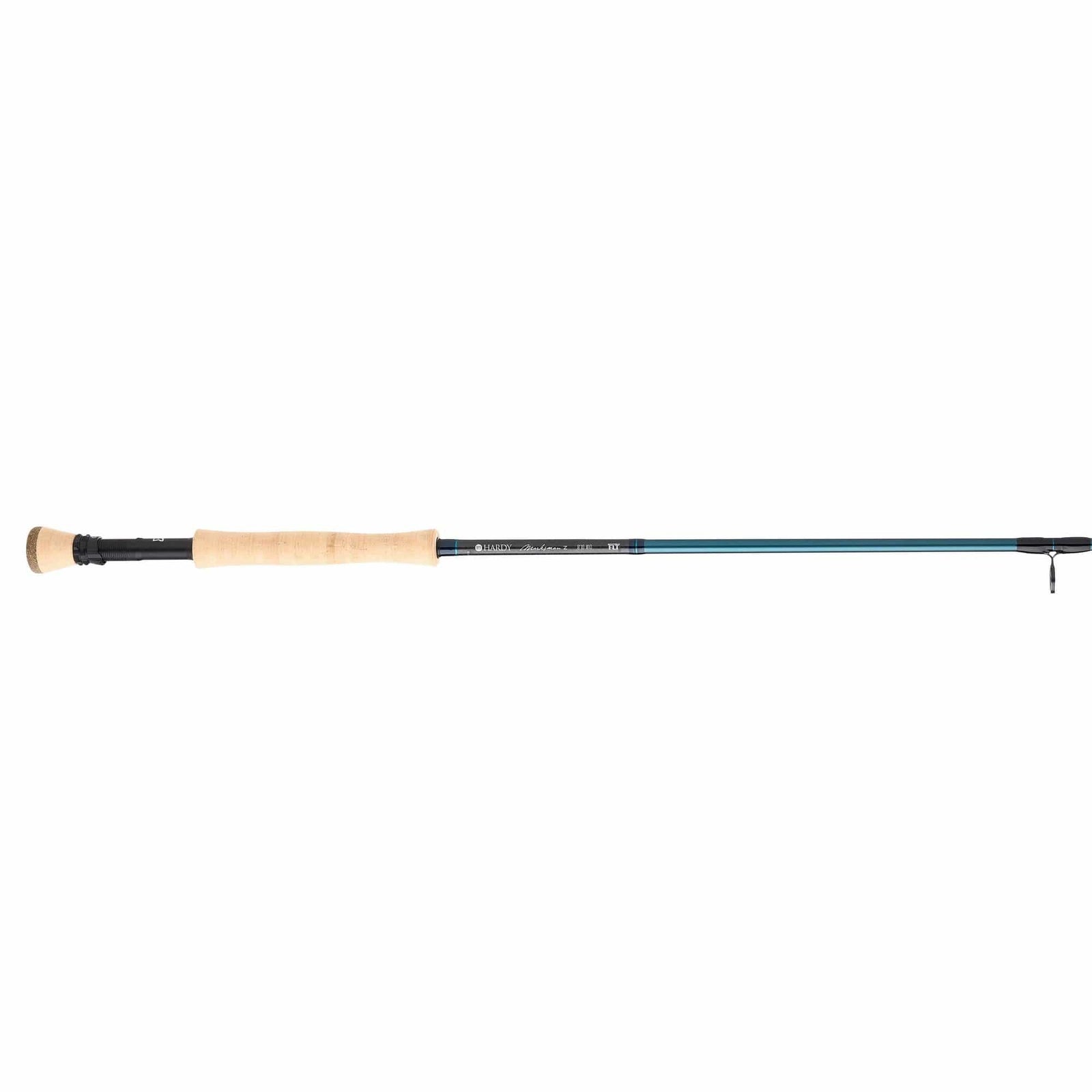
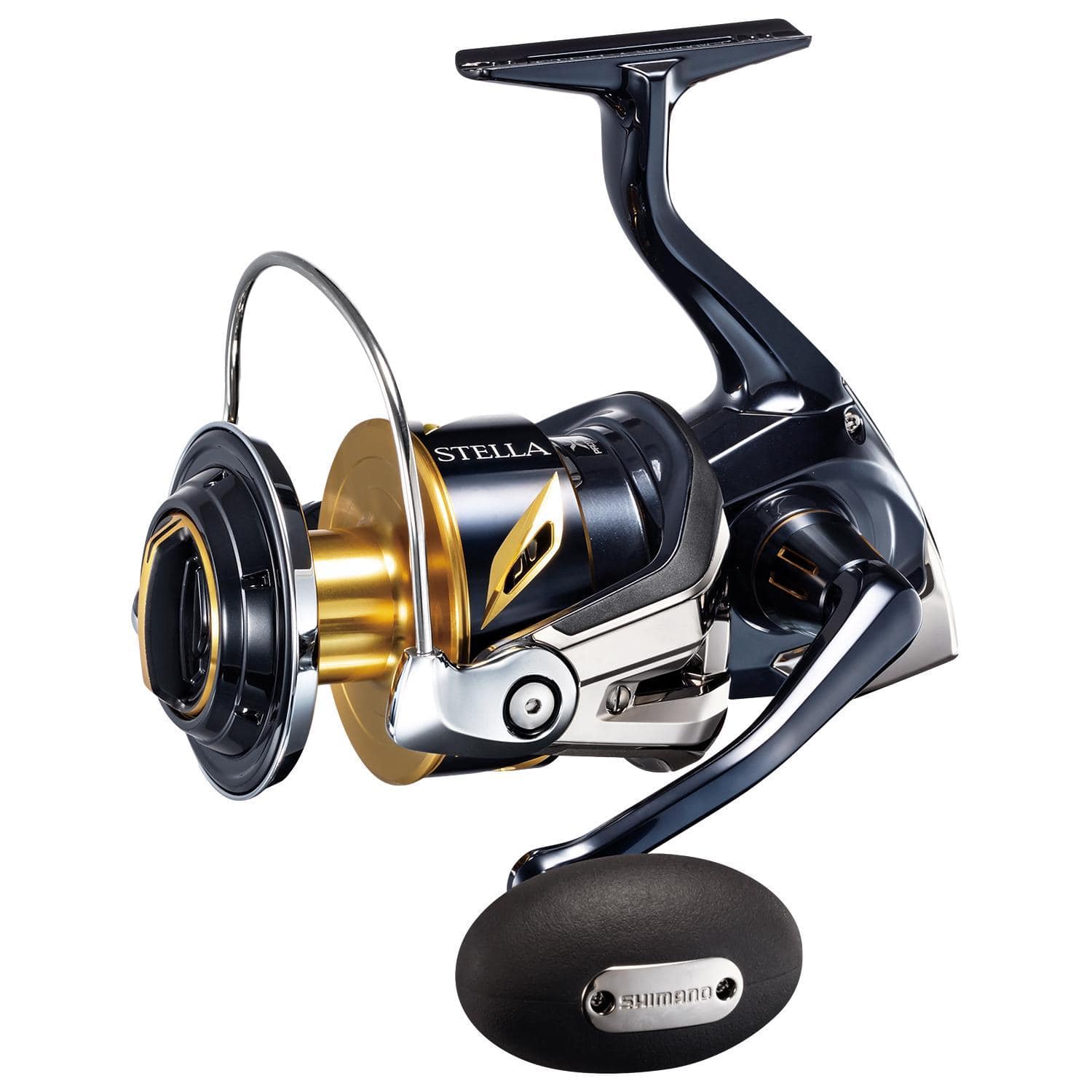
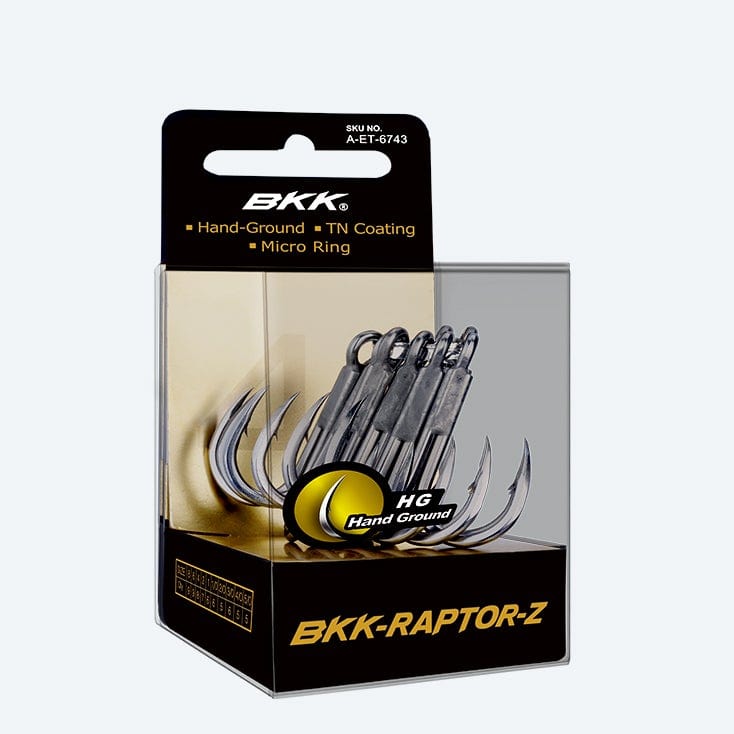
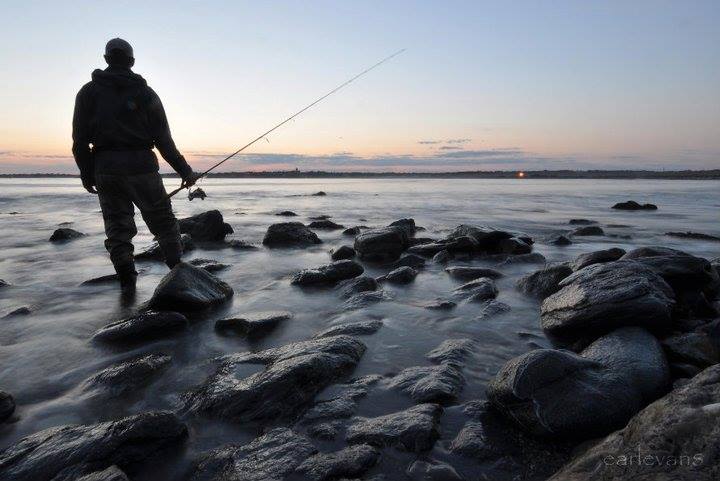



Robert H.
March 26, 2022
I have used the Super Strike zigzag lure for years during the day with great results on stripers and bluefish. I mostly caught them on the outsides of the breachway walls on RI south shores. usually early in the morning with white or yellow colors and more than once I caught a cow Striper. I always have a couple Super Strike zig-zags in my plug bag at all times. I used to make my own Darters out of wood 30 years ago when the Fisherman Magazine featured blueprints for lures every month but they didn’t have the action of the Super Strike.